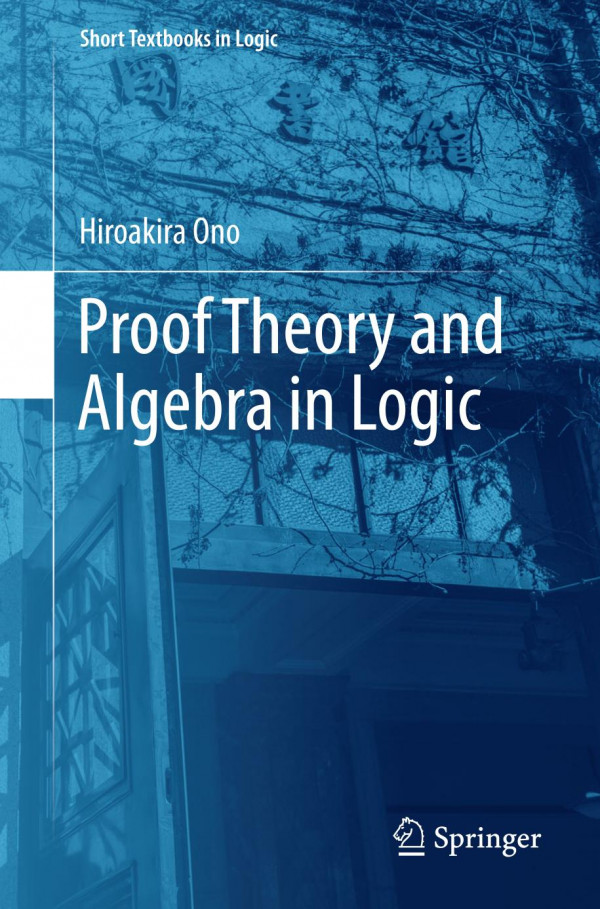

Most ebook files are in PDF format, so you can easily read them using various software such as Foxit Reader or directly on the Google Chrome browser.
Some ebook files are released by publishers in other formats such as .awz, .mobi, .epub, .fb2, etc. You may need to install specific software to read these formats on mobile/PC, such as Calibre.
Please read the tutorial at this link: https://ebookbell.com/faq
We offer FREE conversion to the popular formats you request; however, this may take some time. Therefore, right after payment, please email us, and we will try to provide the service as quickly as possible.
For some exceptional file formats or broken links (if any), please refrain from opening any disputes. Instead, email us first, and we will try to assist within a maximum of 6 hours.
EbookBell Team

5.0
28 reviewsThis book offers a concise introduction to both proof-theory and algebraic methods, the core of the syntactic and semantic study of logic respectively. The importance of combining these two has been increasingly recognized in recent years. It highlights the contrasts between the deep, concrete results using the former and the general, abstract ones using the latter. Covering modal logics, many-valued logics, superintuitionistic and substructural logics, together with their algebraic semantics, the book also provides an introduction to nonclassical logic for undergraduate or graduate level courses.The book is divided into two parts: Proof Theory in Part I and Algebra in Logic in Part II. Part I presents sequent systems and discusses cut elimination and its applications in detail. It also provides simplified proof of cut elimination, making the topic more accessible. The last chapter of Part I is devoted to clarification of the classes of logics that are discussed in the second part. Part II focuses on algebraic semantics for these logics. At the same time, it is a gentle introduction to the basics of algebraic logic and universal algebra with many examples of their applications in logic. Part II can be read independently of Part I, with only minimum knowledge required, and as such is suitable as a textbook for short introductory courses on algebra in logic.